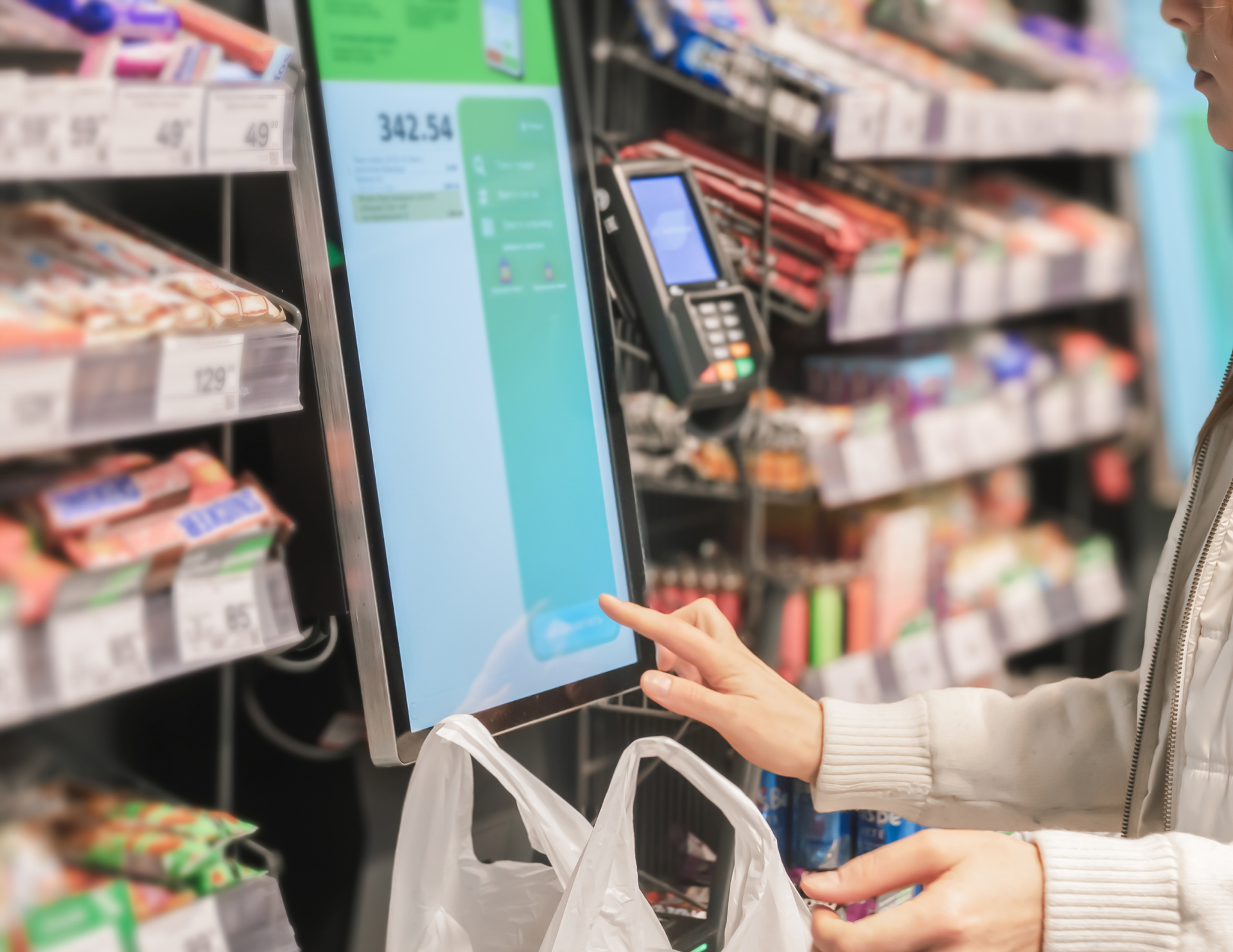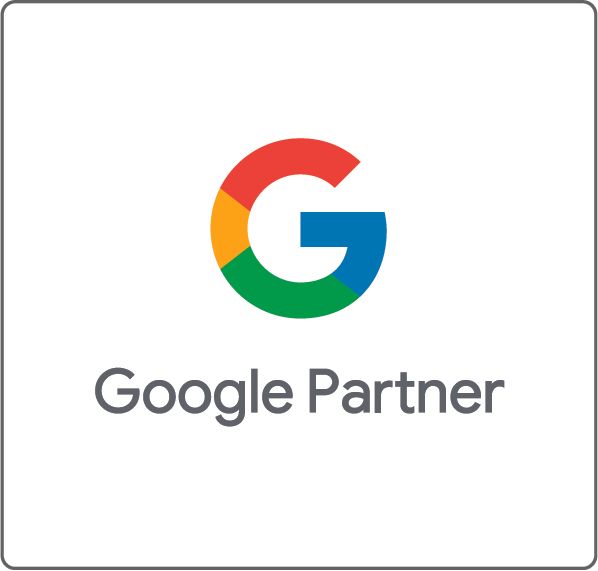Marketing Trend Tracker - Series 10
In an era where technology continues to reshape our daily lives, Google and streaming giants are making significant strides. Google is
revolutionizing the use of AI, while users are combating rising streaming service costs by embracing ad-supported subscriptions. Let's delve into these exciting developments and explore how they are setting new benchmarks in their respective fields.
Google's Generative AI
At Google's 2024 I/O Conference on May 14th, the tech giant unveiled its ambitious plans for integrating Generative AI into its search functionalities. This advanced AI model, customized for Google Search, features multi-step reasoning, planning, and multimodality, promising to revolutionize online information retrieval. At the Google Marketing Live event on May 21st, further insights were provided into the future of AI in digital marketing, highlighting its potential for enhancing creative, media, and measurements.
Google’s new updates to Performance Max (PMax) promise users more transparency and control over how their ads look, where they are appearing and how they are performing. Generative AI will allow advertisers to use brand guidelines (brand colors and fonts) as a reference point for new images that match the brand’s style, enabling them to use these assets across platforms and campaigns. While users will be able to add and remove objects, extend backgrounds, and adjust images from the Google Merchant Center, Google is partnering up with Canva, Smartly, and Pencil Pro to export assets easily to and from Google Ads. Google also revealed that asset-level reporting will be added to PMax in the next few months. This enhancement will enable you to view key conversion metrics for individual creative assets, providing insights into what resonates with consumers.
In addition, Google is rolling out major updates to its Shopping Ads, introducing a virtual try-on (VTO) feature for apparel. Starting with men’s and women’s tops, users will be able to see how different styles look on various body types. Additionally, Google has unveiled 360-degree product views for items like sneakers, generated from seller-provided images, that automatically features key product information along with customer reviews. Advertisers will also be able to include clickable short-form videos, created by brands or influencers, directly within these ads. These videos will offer interactive experiences, allowing shoppers to explore related products, styling tips, and customer reviews, with detailed product information displayed beneath each video.

Source: Google

Source: Google
Google's AI Overview enhances user engagement by providing brief summaries and links, allowing users to ask complex questions in a single query. For example, users can inquire about yoga or pilates studios in Boston, their introductory offers, and walking distances all at once. Google plans to test Search and Shopping ads in AI Overviews for U.S. users, with relevant Max and AI-powered Search campaigns potentially appearing in the "Sponsored" category. However, many users have encountered "low-quality" information, such as suggesting to add glue to keep cheese from sliding off a pizza. Google is taking swift action to remove inappropriate AI Overviews, according to spokesperson Meghann Farnsworth.
Search ads will now offer AI-powered, personalized interactive ad experiences where shoppers can share detailed information about what they're looking for by uploading images or videos. This new feature allows customers to click on an ad, upload photos, and receive tailored recommendations, with the option to complete the transaction directly within the ad. For example, during their event, Google demonstrated how a storage space ad can allow users to upload images of furniture they need stored and receive sizing recommendations based on their input. This new feature is just one of the many ways that Google continues to innovate and improve upon its advertising platform, providing a more personalized and efficient experience for both businesses and customers alike.
Overall, Google's integration of Generative AI into their platform underscores its ongoing efforts to make searching more intuitive, comprehensive, and user-friendly. By enabling complex queries, enhancing engagement, and offering increased personalized advertising, Google continues to push the boundaries of what AI can achieve in improving our daily digital experiences.
Cutting Costs and Capturing Clicks!
As consumers look to cut costs and embrace ad-tier streaming services, personalized and interactive ads are becoming increasingly relevant. With rising subscription costs, many are shifting towards ad-supported tiers, which offer a more affordable way to access their favorite content. These lower-priced options mean that streaming services must rely more on ad revenues, making the effectiveness of their advertising strategies crucial.
Deloitte's October 2023 study revealed that American households spend an average of $61 per month on streaming services, with 40% having canceled at least one paid service in the past six months. In the first three months of 2024, 56% of new subscribers
opted for ad-supported subscriptions, indicating a strong consumer preference for cost-saving options. Despite bundling efforts, nearly half (48%) of survey respondents said they would
cancel their favorite subscription if costs increased by just $5, further highlighting price sensitivity.
To address these challenges, streaming services are increasingly turning to personalized, interactive ads, borrowing strategies from social media. Nearly 40% of respondents under 41 are interested in the ability to click through ads they watch on streaming platforms, showing a significant shift in consumer expectations. By delivering the right content to the right audience at the right time, these ads can capture viewers' attention more effectively.
At SparkShoppe, staying on top of the latest trends is our specialty.
Contact us today to learn how our team of marketing experts can position your company at the forefront of innovation!


























